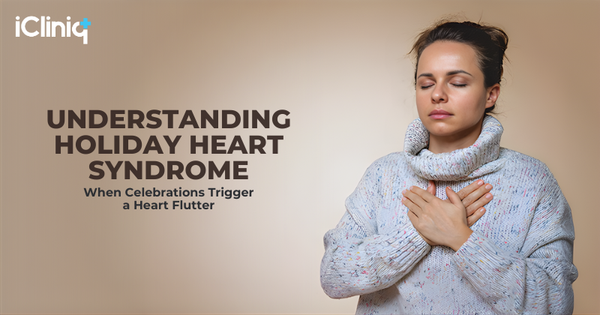Can HIIT Beat Stroke and Boost Your Brain?

A stroke happens when your brain does not get enough blood, which can be caused by a blockage or bleeding in your brain, leading to loss of function in a part of your brain. But fear not; HIIT is in for your rescue by boosting your brain and overall health.
1.Understanding HIIT and Stroke Recovery
HIIT workouts, or high-intensity interval training, are short bursts of tough speed exercises followed by brief rest periods. Think of it like sprinting for a few seconds, then walking for a bit, and repeating this pattern. HIIT is a great workout for both your body and mind, which helps you to lose weight, improve heart health, even boost your mood and also saves time, as you can get a great workout done in a few minutes a day. HIIT is a game-changer for stroke recovery patients, helping you walk better, faster, and farther in a short amount of time.
2.HIIT Exercises for Stroke Recovery
Before starting new workouts, especially after a stroke, talk to your doctor. They will help you in choosing the right type of exercise for different parts of your body (arms, legs, core) with HIIT.
- Upper Body: Try push-ups, triceps extension, incline push-ups, and bicep curls.
- Lower Body: Try doing squats, lunges, calf raises, and glute bridges.
- Core: Try plank, Russian twists, and bicycle crunches.
3.HIIT for Your Recovery Plan
To optimize HIIT for after-stroke recovery, consider factors such as:
- Frequency: Start your workout slowly by having two to three sessions per week and then gradually increase it.
- Intensity: Use power output, which is like a speedometer for your workout, or RPE, a gauge to know how hard you feel while working out.
- Time: Aim for at least 20 to 30 minutes with varying burst-to-recovery ratios (for example, how long you sprint compared to how long you rest).
- Type: Choose treadmill walking or seated modalities like recumbent steppers based on your comfort level and how much you can take.
- Individualization: Customize your workout plan to support your specific needs and goals. But remember to always consult with your healthcare provider before starting any new exercise program.
4.HIIT Versus MICE
HIIT is always more effective than MICE (moderate-intensity continuous exercise) in improving your walking speed and of course overall fitness especially for stroke survivors. HIIT helps you feel less tired and provides a good function for your heart and lungs. That is not all but the major thing is that it has a great impact on your brain function.
5.Is HIIT Safe for Stroke Survivors?
HIIT is both safe and effective for stroke survivors, even those with moderate conditions. Higher-intensity workouts, when it is done carefully by following the prescribed protocols by your healthcare provider, appear to offer greater benefits than lower-intensity exercises. While some of you might worry about its intensity, studies show it is beneficial for health and does not cause any serious problems. Experts have guidelines to help doctors safely apply HIIT in stroke rehabilitation. It is a great way to improve fitness and recovery.
6.The Future of Stroke Recovery
HIIT shows great potential in helping stroke survivors recover fast, but still, more research is needed. However, we need to know how it works for people with severe functional impairments. With larger, high-quality trials on the horizon, HIIT could soon become the next big "HIT" in neurorehabilitation, helping stroke survivors regain their independence and live fuller, healthier lives.
HIIT is not just about burning your calories; it is about empowering stroke to reclaim your life. With the right approach and guidance, HIIT can be a powerful tool for physical and mental recovery. So, get up, put on your shoes, and take the first step towards a stronger, healthier you.





